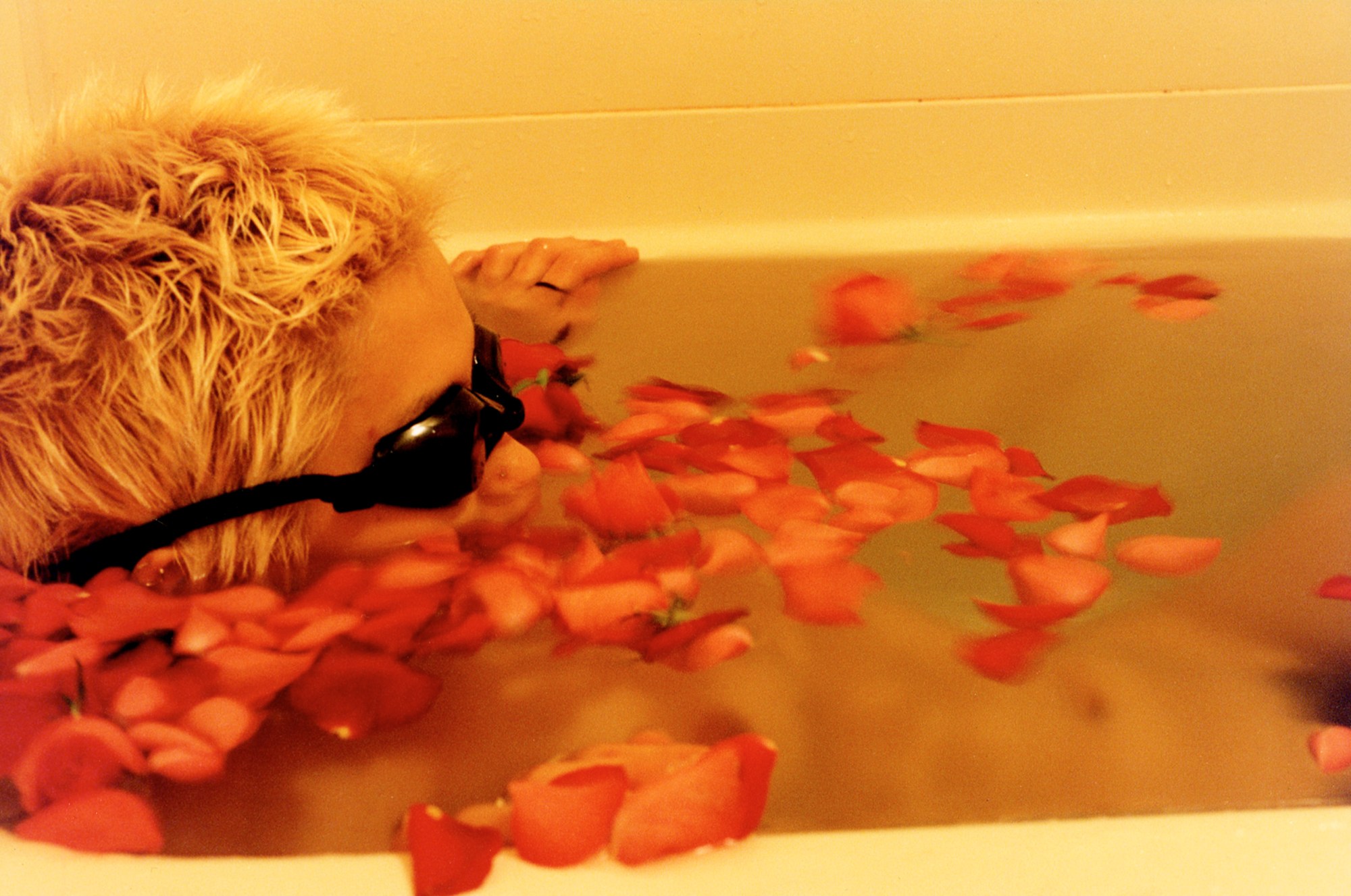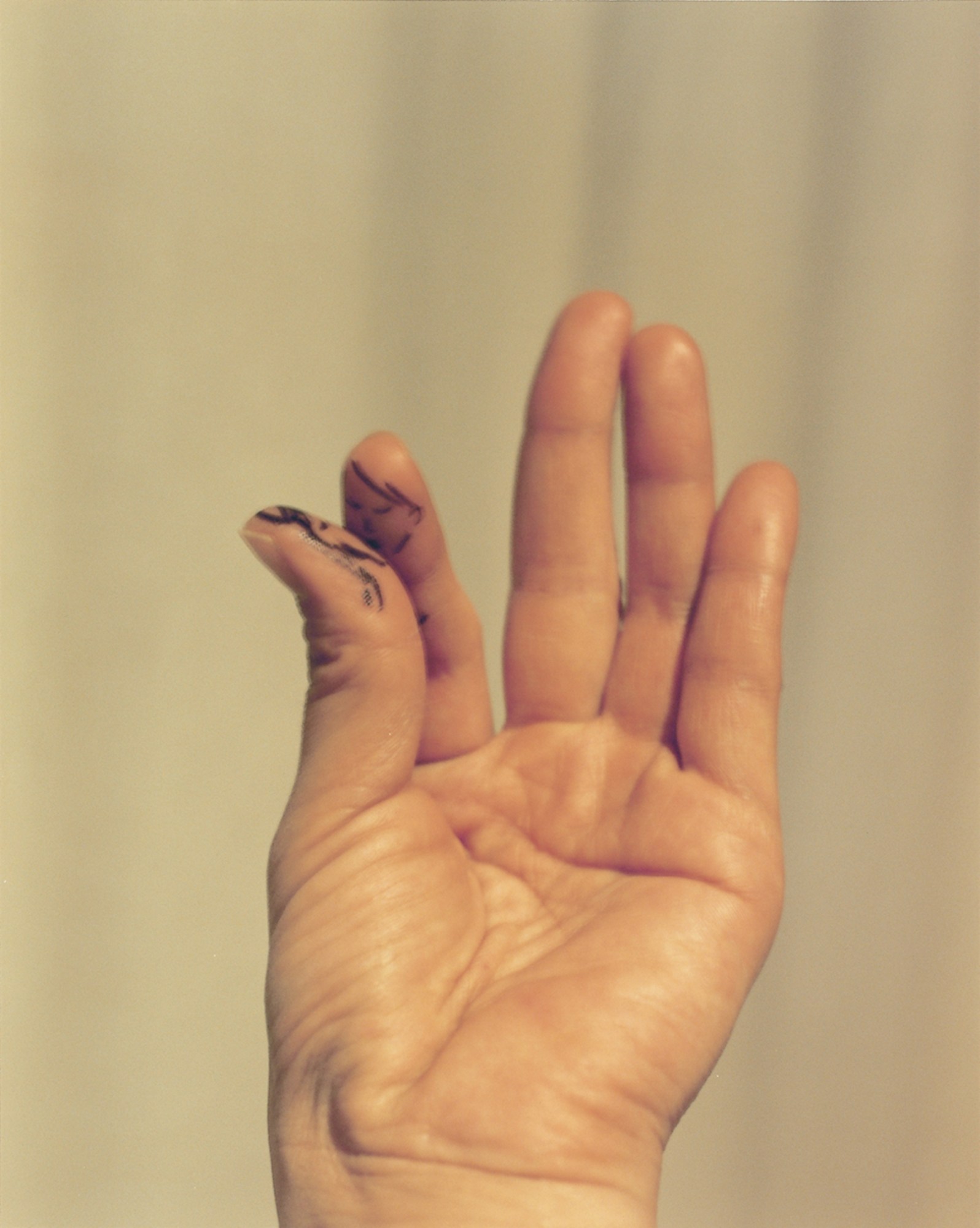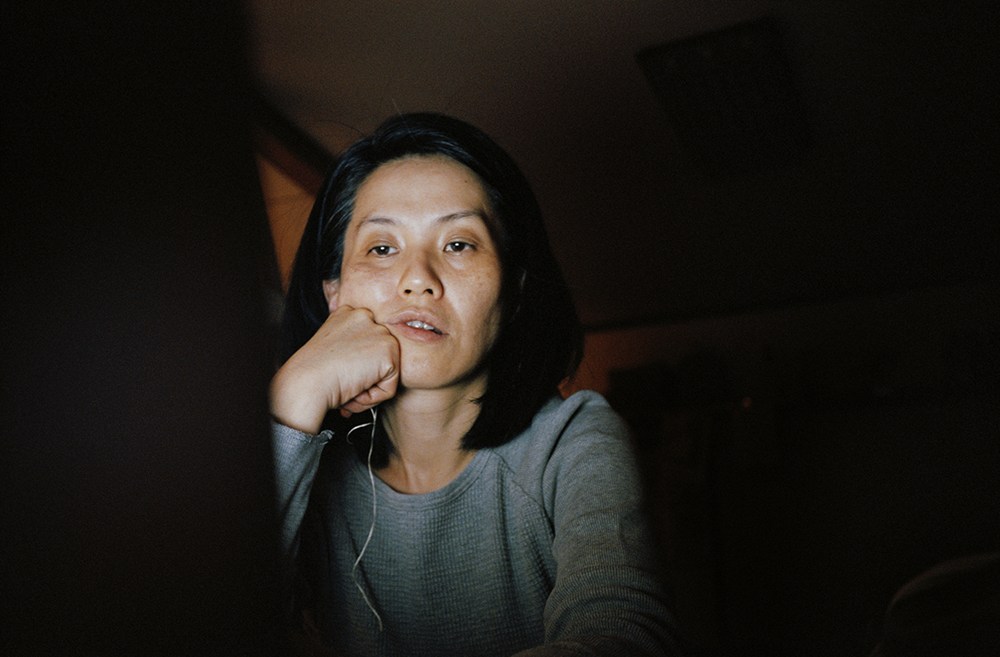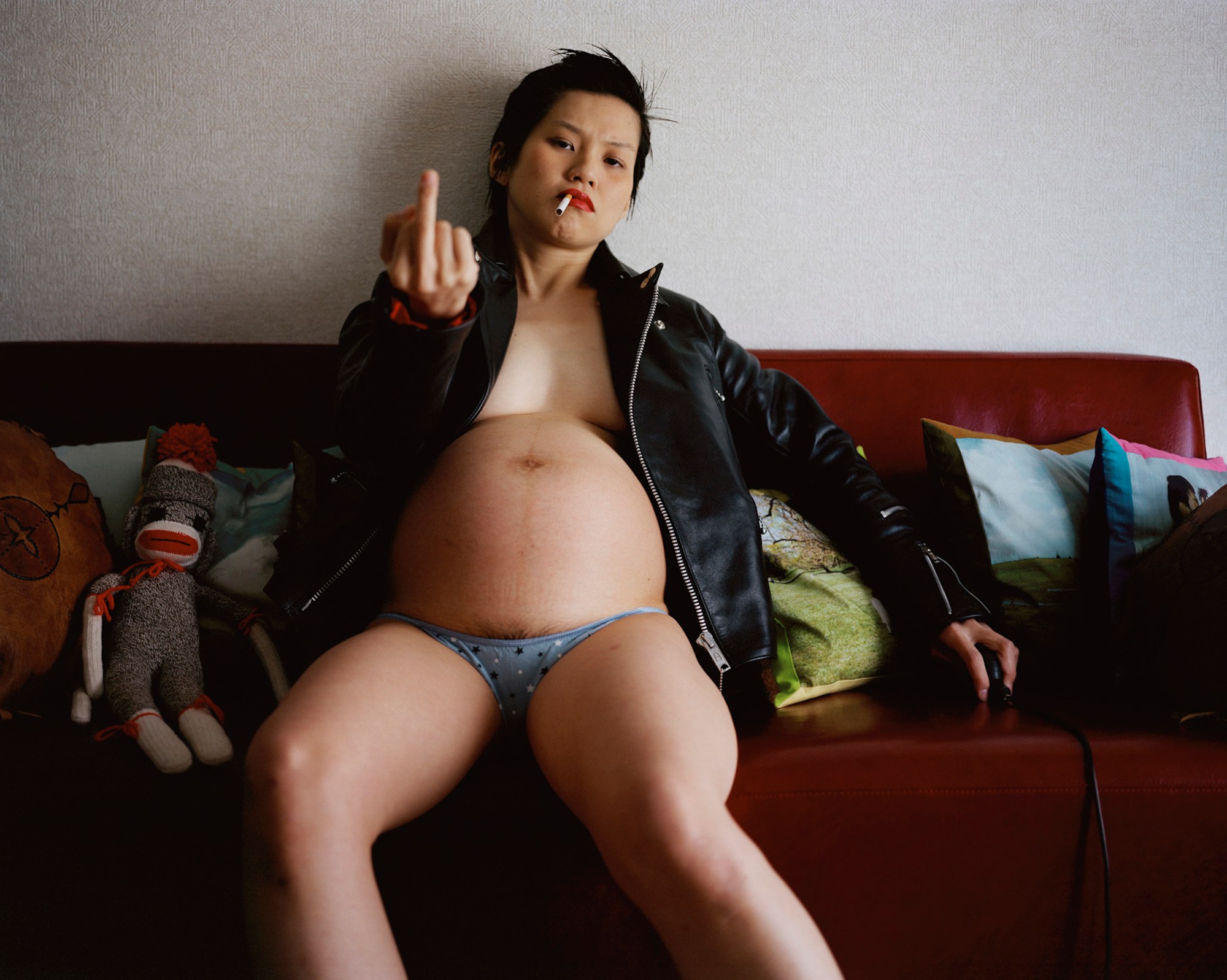Performative, playful and politically charged, Yurie Nagashima’s self-portraits span 25 years of her life — beginning during her teens at art school, through pregnancy and into motherhood. The Japanese artist describes her images as a “release” of all the frustrations she has felt towards society from a young age. Merging the personal and political, they question gender roles, often parodying mainstream media’s subjective portrayal of women’s bodies.
Yurie is currently exhibiting a selection of her self-portraits at Japan’s new international art fair, Tokyo Gendai, as part of a group show spotlighting five contemporary women artists. These kinds of all-women exhibitions are necessary to correct sexist narratives that have dominated art history, but in Japan — which ranks 125th out of 146 countries in the World Economic Forum’s gender gap report – they are all the more crucial.
Nagashima has long dedicated her practice, both as an artist and writer, to the critical engagement of society’s treatment of women. In fact, it was her radical Urban Art Award-winning series of nude family portraits that propelled her to fame in 1993. Shortly afterward, a male art critic reductively labelled her work ‘onnanoko shashin’ — ‘girl photography’. Yurie was appalled. Eventually, in 2020 she published a critical retaliation against it, titled From their onnanoko shashin to our girly photo.

The photographer’s dissatisfaction with the status-quo goes back to her tough childhood. She was bullied at school, struggled with her gender identity, and developed bulimia. “I remember hoping my period wouldn’t come, and I hated having to wear a school skirt,” she tells us. “All I wanted to do was play football with the boys.” Yurie was furious when she was rejected by the school football team. “The teacher said there was no place for girls on the pitch — what an asshole!” she adds. At the time, the only vocabulary available to describe how she felt about her gender was either offensive or negative. “The term ‘gender dysphoria’ didn’t exist,” she says. “It was hard for me to understand myself. I thought I was deviant. Looking back, I realise that confusion was probably connected to my eating disorder.”
When she started making art, self-portraiture became a way to escape reality. “Back then, I was only thinking about getting away from all my problems,” she says. “When I was taking pictures, I could forget about my reality because I was acting. I was making fun of people – mostly men – through my really smart ideas,” she grins. “I was laughing at them, and that felt good.”
Many of Yurie’s early portraits are a parody of ‘Hair Nude’ images — soft-core photographs of women popularised in the 90s. Back then, the work was an intuitive response to her inner rage. Now, her focus is changing. She is gradually moving away from photography, with an approach that intentionally centres around care. Earlier this year, she launched a three-month exhibition titled School of Care in collaboration with MAT, a nonprofit arts organisation. Alongside an exhibition of her own work, she invited collaborators to use the space too. They hosted a dance performance, set up a manga library, and hosted a book clubs discussing feminist literature. She also collaborated with a friend to provide healthy meals for local children.

This shift in her practice was initiated by grief. In 2021, Yurie’s dog Punk passed away. Dealing with that loss was painful, but it sparked a realisation. Her connection with her dog wasn’t based on verbal communication; most of the time they spent together was banal. But that was what she missed most: Punk’s presence. This completely changed how she thought of human relationships. Care and support didn’t need to be loaded with “heavy responsibility; a lot of it was about “just being there”.
At the show, Yurie presented photographs and works-in-progress. One image shows the back of her head, her bleached hair clasped into a symmetrical ponytail. Yurie reveals that she dyed her hair the same colour as her dog, and tied it up with the ribbon that Punk used to wear around her neck. The photograph became an entry point for people to understand the care that Punk had unknowingly provided for her. But more importantly, she wanted visitors to use the space as they pleased: “I usually just sat there, knitting, reading or doing other random things. When people came, they could talk, read manga, or they could see the show and leave.”
With this renewed focus on care, Yurie feels a draw towards performance. “I don’t know whether photography is the right medium for me anymore,” she says. The artist grew up on a housing estate that offered weekly ballet classes for residents; she has been practising on-and-off since she was five years old. At School of Care, she invited visitors to dance with her. “For me, my body is an important resource. It’s the place where my ‘self’ exists. Dancing with someone, being present with someone, means I can’t be anywhere else,” she says.
Yurie is particularly interested in being present through her art, and plans to organically grow the School of Care project. It feels like a departure, but in the end it all comes back to the idea of finding a release. “Releasing your ideas, and expressing yourself is good for any human,” says Yurie. “I found that art can be that; I could forget about all my problems while I was making it.” Yurie’s renewed interest in dance makes total sense, after all performance was always her primary medium, even when she was making self-portraits. “I repressed that side of me for a long time,” she reflects. “Now I want to release it”.



Credits
All images courtesy of Yurie Nagashima.


